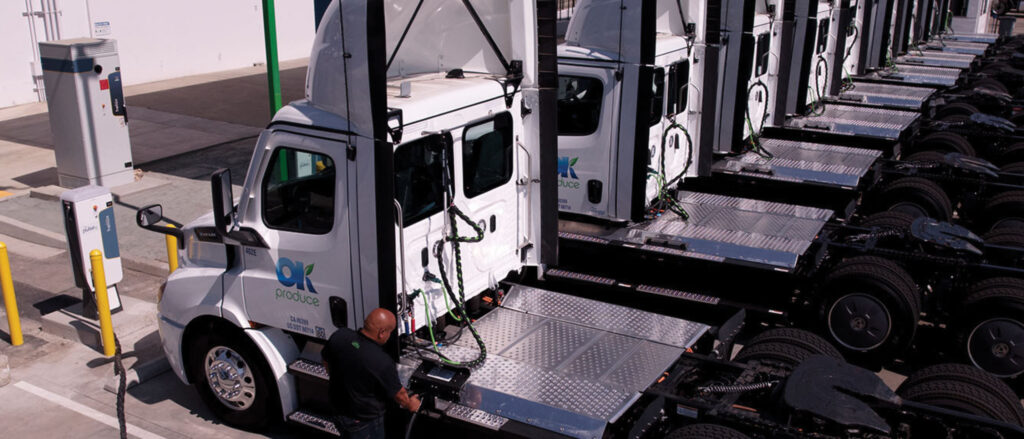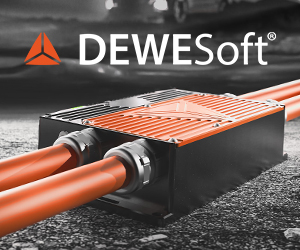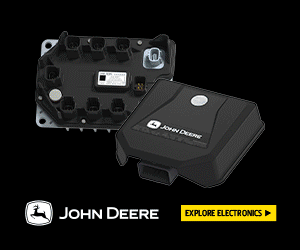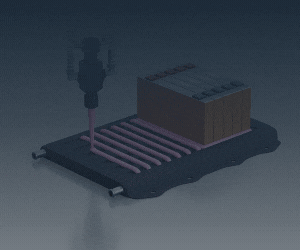Emulator charges big trucks and aircraft

(Image courtesy of NREL)
Researchers in the US have developed an emulator for a 20 MW charging system for heavy-duty electric trucks and aircraft, writes Nick Flaherty.
In 2024, US companies deployed more than 15,000 medium- and heavy-duty EVs, including battery-electric semi-trucks, passenger buses and delivery vans.
The Aries Megawatt charger, developed at the National Renewable Energy Laboratory (NREL), is intended to boost the scaling up of the fast, reliable charging infrastructure needed to power the tens of thousands more commercial EVs expected to hit the roads in the coming years.
To charge the largest Class-8 truck in a matter of hours, for instance, a single charging connector may need to provide at least 350 kW of power. To charge more than one heavy-duty truck at a time, and get them back on the road quickly, a charging station may need to deliver 20 MW of power or more.
“Imagine plugging in 100 Tesla Model Ys and charging them simultaneously,” said Andrew Meintz, NREL’s chief engineer for EV charging and grid integration. “That’s the same amount of electricity as you’d need to fast-charge four or five electric trucks.”
The Megawatt Charging System (MCS) is a global set of charger and connector standards for up to 3.75 MW of power, for charging multiple trucks simultaneously.
“The MCS can provide so much more power than existing light-duty chargers that, rather than taking hours using a light-duty charger, commercial vehicle-charge sessions can be completed in 30 minutes or less,” said Isaac Tolbert, an NREL EV charging researcher.
“The MCS expands the capabilities and potential uses of commercial EVs for vehicle operators that need to get back on the road faster.”
NREL is building the Megawatt Charging Emulator (MCE) at its Flatirons site in Boulder, Colorado.
The MCE will use real-world data from existing MCS systems to emulate the charging profiles of several electric trucks, or even non-road vehicles such as aircraft or trains, charging at a single site under different vehicle conditions.
This will be coupled with the Controllable Grid Interface (CGI), an electrical grid that can generate 20 MW of power to emulate conditions on both vehicle and grid that are difficult to replicate in the field.
Linking several real-time emulators allows the researchers to run large, complex emulations of how a grid, and the EV charging infrastructure connected to it, will function while handling up to 20 MW of electricity.
The CGI is part of NREL’s Advanced Research on Integrated Energy Systems (ARIES), which contains several resources to integrate energy storage, renewable power, flexible building loads and other distributed energy resources.
“What we’re building at Flatirons is absolutely unique,” says Meintz. “It will be the only facility in the world that can emulate both the electrical grid and vehicles. That capability will help us design EV charging hardware and infrastructure that not only operates at the 10-20 MW level, but can boost the grid’s performance rather than placing it under strain.
“Rather than constantly needing to upgrade the grid to accommodate ever-increasing loads, this research will improve our ability to accelerate the installation of charging hardware with new control strategies and technologies that can take the burden off the grid.”
ONLINE PARTNERS































